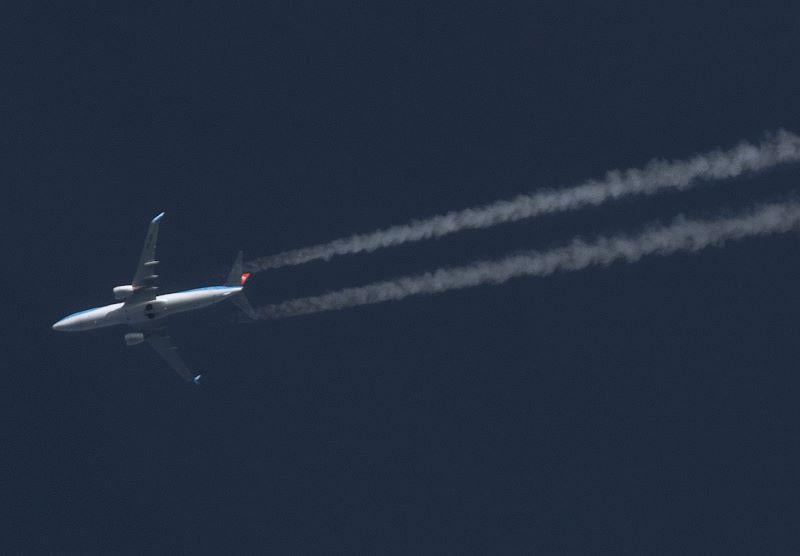Ultra-Fine Particles From Aviation May Impact Health, T&E Study Finds

Credit: Joe Pries
Transport-focused environmental NGO Transport & Environment (T&E) is calling for better monitoring of ultra-fine particles (UFP), a non-CO 2 effect of aviation, following the publication of a report highlighting their potential impact on the health of people living near airports. The study...
Subscription Required
Ultra-Fine Particles From Aviation May Impact Health, T&E Study Finds is published in Aviation Daily, an Aviation Week Intelligence Network (AWIN) Market Briefing and is included with your AWIN membership.
Already a member of AWIN or subscribe to Aviation Daily through your company? Login with your existing email and password
Not a member? Learn how to access the market intelligence and data you need to stay abreast of what's happening in the air transport community.
